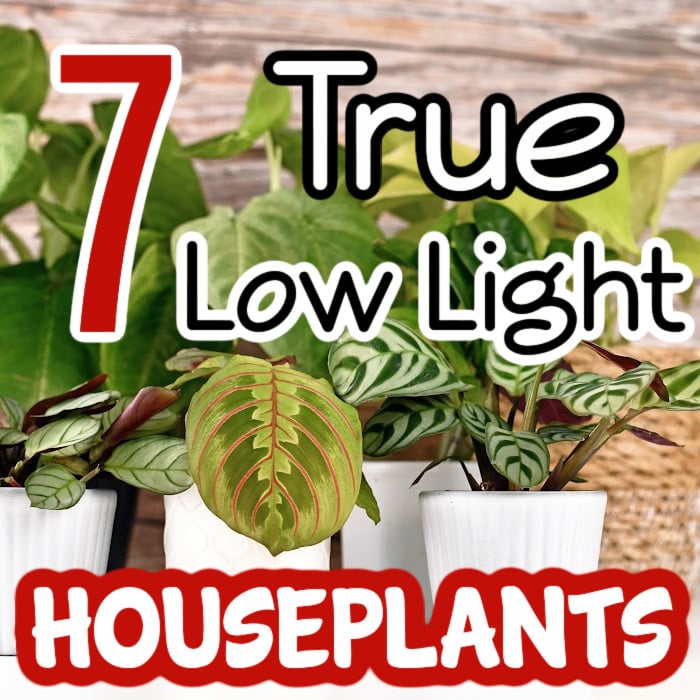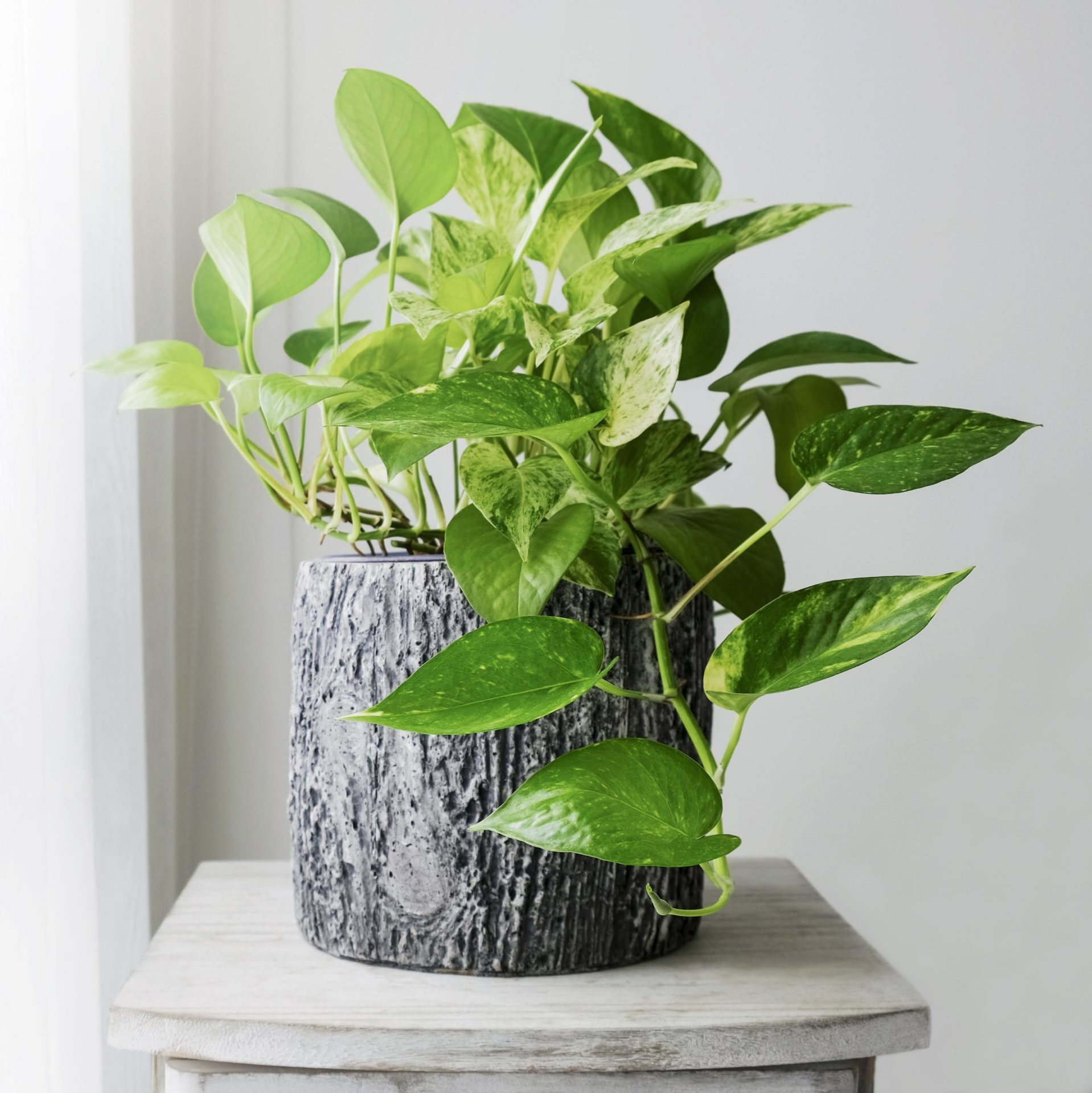Discover the Best Low-Light Indoor Plants for Your Home or Office Space
Discover the Best Low-Light Indoor Plants for Your Home or Office Space
Blog Article
Transform Your Home With Beautiful Low-Light Indoor Plants and Their Advantages
Incorporating low-light indoor plants into your home can considerably improve both the environmental and aesthetic quality of your space. These plants, which thrive in dim conditions, offer not just as attractive components however likewise as natural air purifiers, making them optimal for metropolitan residents or those with limited sunlight exposure. As we discover the numerous kinds of low-light plants and their benefits, you may locate shocking means to incorporate them into your home that can change your surroundings in methods you may not have prepared for.
Advantages of Low-Light Plants
Low-light plants offer numerous benefits for indoor environments, making them a superb option for both beginner and experienced garden enthusiasts. Among the primary advantages is their versatility to low-light conditions, permitting individuals to boost their living areas without the need for extensive sunshine exposure. This particular makes them optimal for houses, workplaces, and other locations with limited all-natural light.

In addition, incorporating low-light plants into home decoration can raise the visual appeal of a room. Their lush vegetation and differed textures produce a relaxing environment, adding to total well-being. The visibility of plant has been connected to lowered stress and anxiety degrees and enhanced performance, making low-light plants a useful choice for improving both psychological and physical health and wellness in interior settings.
Leading Low-Light Indoor Plants
While several indoor plants prosper in bright light, several species are especially fit for low-light conditions, making them suitable for various indoor rooms. One popular choice is the Serpent Plant (Sansevieria), recognized for its striking upright leaves and durability, needing marginal care. Another exceptional alternative is the Pothos (Epipremnum aureum), which includes heart-shaped leaves and can trail perfectly from shelves or hangers, prospering in reduced light and adding a rich touch.
The ZZ Plant (Zamioculcas zamiifolia) is commemorated for its shiny fallen leaves and capacity to withstand overlook, making it best for hectic way of livings. The Peace Lily (Spathiphyllum) not just endures reduced light yet also creates sensational white blossoms, boosting any room's aesthetic.
For a special touch, take into consideration the Cast Iron Plant (Aspidistra elatior), which indeed lives up to its name, flourishing in the darkest corners of your home. The Chinese Evergreen (Aglaonema) supplies a selection of fallen leave patterns and shades while being incredibly flexible in low-light problems. These plants not just improve interior atmospheres however likewise contribute to air purification, enhancing your living space.
Treatment Tips for Low-Light Plants

Sprinkling practices are important; these plants commonly prefer slightly dry conditions. see post Overwatering can cause root rot, so click this site make certain that the leading inch of dirt is dry before watering again. Use pots with drain holes to enable excess wetness to get away.
Moisture is one more crucial variable. Several low-light plants, such as brushes and tranquility lilies, gain from greater moisture degrees. To boost moisture, take into consideration misting the fallen leaves or positioning a tray of water near the plants.
Fertilizing must be come close to with care. Throughout the growing season, use a watered down, balanced liquid fertilizer monthly to support growth, yet stay clear of feeding throughout the inactive winter season.

Creative Ways to Show Plants
Interior plants can function as fascinating prime focus in any kind of room, improving both visual allure and ambiance. Innovative display screens can elevate the visual effect of low-light plants, making them an indispensable component of your home decor. One effective technique is to utilize tiered plant stands, which permit you to display numerous plants at differing elevations while making the most of floor area.
Hanging planters are one more ingenious alternative, developing a feeling of deepness and attracting the eye up. Take into consideration macramé wall mounts or wall-mounted racks to present an one-of-a-kind appearance and design.
For an extra organized technique, usage geometric terrariums or glass containers to house your plants, including a contemporary touch to your indoor garden. You can also repurpose vintage items, such as teacups or wood dog crates, for an eclectic screen that shows your personality.
Enhancing Home Ambiance With Plants
Integrating low-light plants right into your home not just improves visual appeal but additionally adds dramatically to the general atmosphere. These plants work as natural style components, introducing a sense of tranquility that can change any type of room. The presence of plant promotes a calming ambience, which is specifically helpful in high-stress atmospheres such as home offices or living rooms.
Low-light plants, such as serpent plants, pothos, and ZZ plants, are not only cosmetically pleasing however likewise boost interior air quality by filtering system contaminants. This dual feature improves the setting additionally, producing a much healthier home (Best low-light indoor plants). The tactical positioning of these plants can also affect the understanding of room; as an example, tall plants can attract the eye upward, making ceilings show up higher and spaces more sizable
Furthermore, differing structures and shades of foliage include depth to indoor design, permitting creative expression in home styling. Whether positioned on shelves, in edges, or as centerpieces, low-light plants can raise the mood of any type of room. In summary, including these plants right into site your home is an efficient means to promote a cozy, inviting ambience while profiting of enhanced air quality and aesthetic convenience.
Final Thought
Including low-light indoor plants into home atmospheres offers various advantages, consisting of enhanced aesthetic allure and boosted air quality. These durable plants, such as the Serpent Plant and Tranquility Lily, require very little light and upkeep, making them ideal for diverse way of lives. Their capability to filter toxins adds to a healthier space, while their different appearances and shades enrich interior decoration (Best low-light indoor plants). Inevitably, the incorporation of low-light plants fosters a peaceful and welcoming setting, changing any home into a peaceful sanctuary.
While numerous indoor plants thrive in bright light, several varieties are specifically fit for low-light problems, making them excellent for numerous interior areas. One efficient method is to use tiered plant stands, which allow you to display numerous plants at varying heights while maximizing flooring room.
Low-light plants, such as snake plants, pothos, and ZZ plants, are not only aesthetically pleasing yet additionally enhance indoor air quality by filtering system contaminants. Best low-light indoor plants. The tactical placement of these plants can additionally affect the understanding of space; for circumstances, high plants can draw the eye upward, making ceilings show up higher and rooms extra sizable
These durable plants, such as the Snake Plant and Tranquility Lily, need minimal light and upkeep, making them appropriate for diverse way of livings.
Report this page